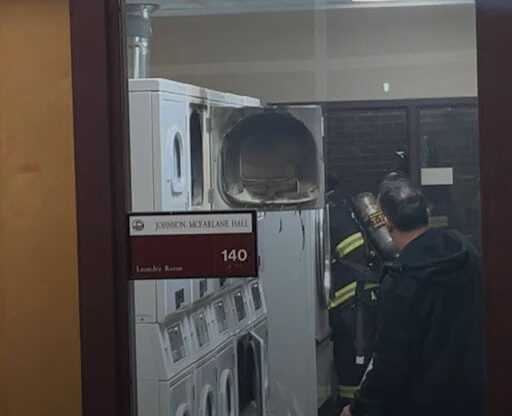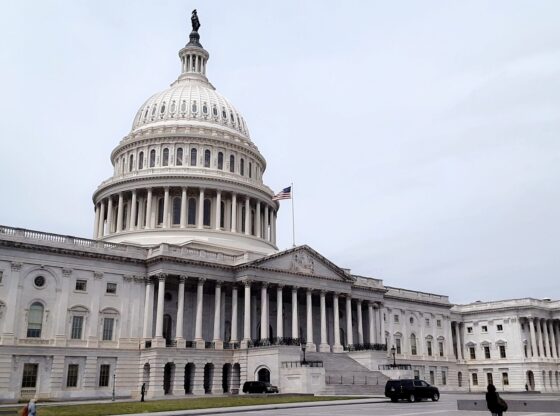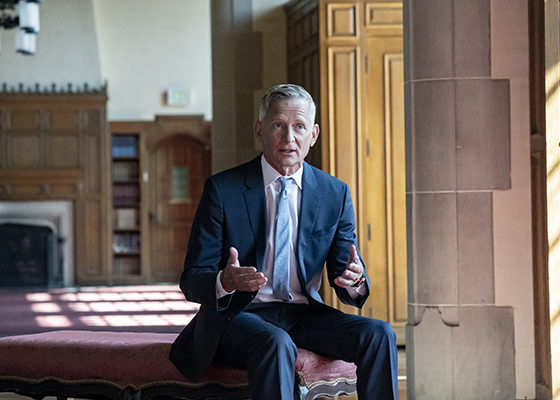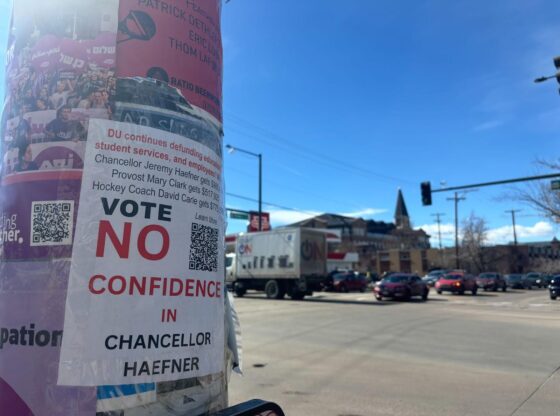One of the world’s largest economic cities, Hong Kong has been in turmoil for over 16 weeks. And with both sides standing fast to their demands, the protests are not close to ending—they are escalating.
Hong Kong is a special case in the international system. The city is a part of China, but at the same time, it is not. In 1997, Great Britain handed Hong Kong back to China after the city was a territory for 150 years. As part of this agreement, Hong Kong is supposed to stay a democracy and run its own government for a span of 50 years. However, mainland China has been exerting its influence through the Basic Law—Hong Kong’s constitution—and altering the electoral process.
While technically a democracy, Hong Kong chooses its chief executive through a committee of 1,200 people. Made up of those mainly from the business sector who are pro-Chinese, many argue that they do not fully have the right to choose their leader. They also argue that they do not have the rights, such as freedom of speech and the right to assemble peacefully, they were promised in their constitution.
The protests started due to an extradition bill that if passed would allow the Beijing government to imprison those in Hong Kong who speak out against mainland China. Furious at the disregard for their freedom of speech, the Hong Kong people began to protest. After weeks of unrest, Chief Executive Carrie Lam, who is pro-Beijing, prevented the bill from being voted on in Hong Kong. However, more demands came forward: to fully repeal the bill, have Lam step down, investigate alleged police brutality that occurred during the beginning protests, release arrested protestors and allow for more personal freedoms.
During protests, a group of protestors waved the American flag and sang the United States national anthem. While some protestors used this tactic to antagonize China, other protestors did it because they want the U.S. to come and “liberate the city.” While the United States has the military power to go against China, we are not the role model protesters should strive to become.
The issue with using the United States as an example of what they want is that the protestors don’t realize that the U.S. is struggling with the same issues the protestors are. Police brutality. A corrupted voting procedure. A leader that divides the nation. A crackdown on the right to protest in some areas. To the protestors who hold the American flags, the flags represent the American Dream and a perfect democracy where all rights are respected. In reality, the dream is a cover for all that’s wrong in our government.
As a nation, we in the United States hold onto the optimistic dream that everyone can succeed no matter their background. Every action we do is made to achieve this goal. The American Dream, however, hides the fact that there are wrongs that continually occur. Citizens say that the United States is perfect, the land of opportunity, but do not acknowledge the fact that the United States has oppressed the rights of minorities all throughout its history. Just like how China is trying to oppress the rights of the Hong Kong people. People in the United States do not acknowledge the police brutality that occurs, especially during nonviolent protests. Just like what is occurring in Hong Kong. In recent times, there has been attempts to rig elections to favor powerful groups. Just like what is occurring in Hong Kong.
While the United States was once the symbol of what a powerful democracy, that has since changed.
We are not anymore.











